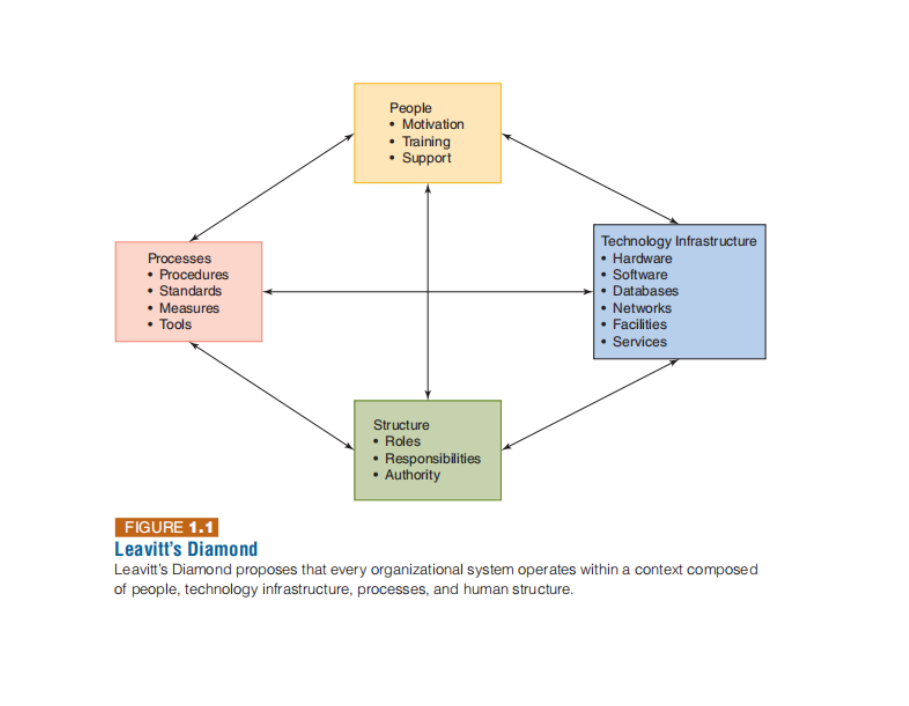PENGANTAR KONSEP
Principles of Information Systems,Fourteenth Edition Ralph
M. Stair, George W. Reynolds, Joey Bryant, Mark Frydenberg, Hollis Greenberg, George Schell
An information system is a set of interrelated components that work together to collect,
process, store, and disseminate information to support fundamental business
operations, data reporting and visualization, data analysis, decision making,
communications, and coordination within an organization. A well-designed
information system includes some form of feedback mechanism to monitor and control its operation.
This feedback ensures that the system continues to operate in an effective and efficient manner.
People make the difference between success and failure in all organizations. Good information systems can enable people
to produce extraordinary results. They can also boost job satisfaction and worker productivity. Information systems personnel include all the people who manage, run, program,
and maintain the system, including the chief information officer (CIO), who leads the IS organization.
Technology infrastructure. An organization’s technology infrastructure includes all of
its hardware, software, databases, networks, facilities (such as data centers and server rooms)
and services provided by third parties (such as outside consultants, rented hardware, third-party software, and outside storage). An organization uses these resources to develop, test, deliver, control, or support the information technology applications and services an organization requires to meet the needs of
its customers, suppliers, key business partners, regulatory agencies, and employees
Processes. A process is a structured set of related activities that takes input, adds value,
and creates an output for the customer of that process. The input can be something tangible
such as raw materials, data, chemical ingredients, documents, or data. The output can be
finished product, information gleaned from processing the data, a completed form, or a report.
The customer of the process may be an actual business customer or a worker in another organizational
unit of the firm who needs the output of the process to perform his/her job or to make a decision
Structure. An organization’s structure defines relationships among members of the organization.
In addition, it defines the roles, responsibilities, and lines of authority that are necessary
to complete various activities. Employees must understand and accept their roles and
responsibilities, and these roles and responsibilities often change with the introduction of a
new information system.

